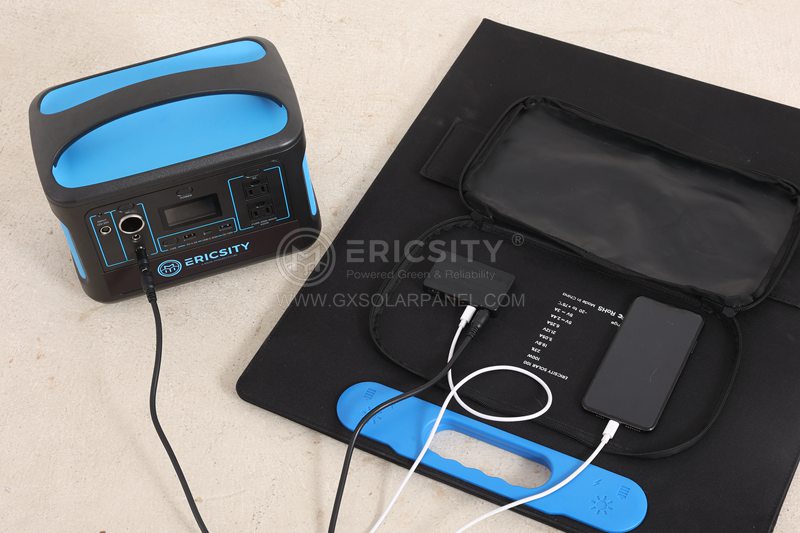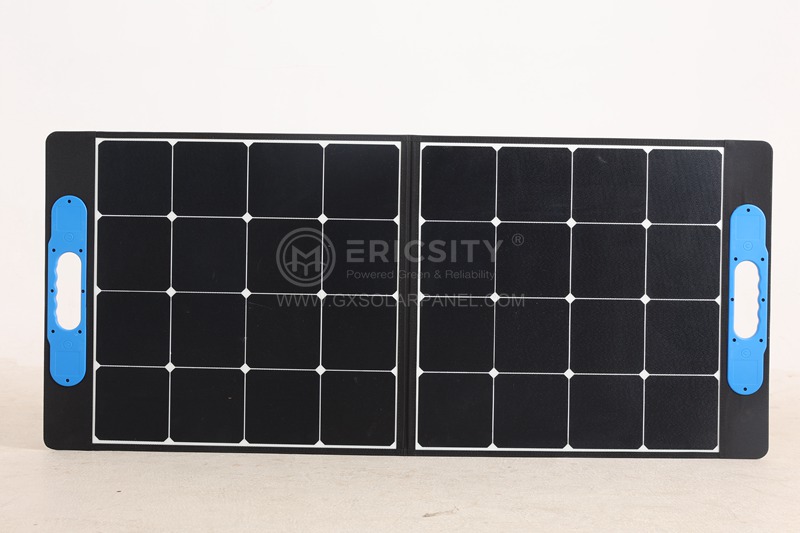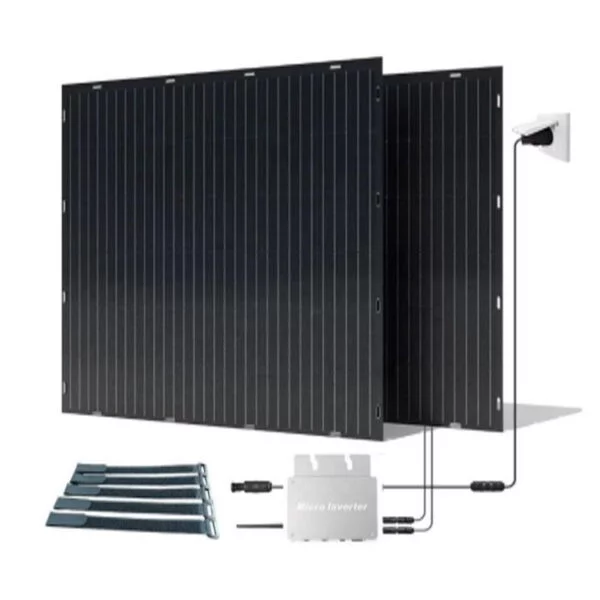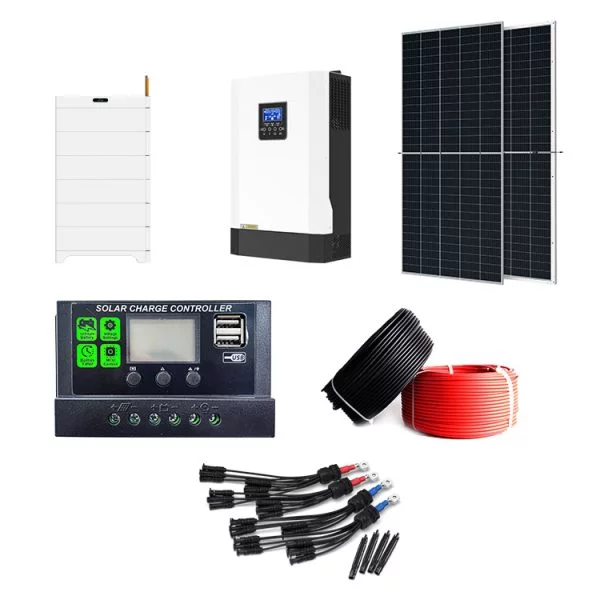HOT PRODUCT
Product Details
black Flexible Solar Panels Vs. Rigid Panels: A Comparative Analysis
Black Flexible Solar Panels Vs. Rigid Panels: A Comparative Analysis
Solar energy has emerged as one of the most promising sources of renewable energy in recent years. As the solar technology continues to advance, there is an increasing variety of solar panels available on the market. One significant distinction among solar panels is their flexibility, with both rigid and flexible panels being widely used. In this article, we will conduct a comparative analysis of black flexible solar panels and rigid panels, exploring their advantages, disadvantages, and applications.

Black flexible solar panels, also known as thin-film solar panels, are constructed using a combination of organic compounds and inorganic materials such as amorphous silicon. The flexible design allows them to be molded to fit various surfaces, including curved or irregular shapes. On the other hand, rigid solar panels are made up of crystalline silicon cells and have a solid structure, making them unable to bend or flex.

One of the key advantages of black flexible panels is their versatility. Due to their lightweight and flexible nature, they can be easily integrated into a wide range of applications. For instance, they can be installed on building facades, vehicles, and even on wearable devices such as clothing or backpacks, providing an innovative way to generate electricity. Furthermore, their bendable feature makes them resistant to certain environmental stresses, such as impact or vibrations, improving their durability.

Another advantage of black flexible panels is their aesthetic appeal. Unlike traditional rigid panels, black flexible panels have a sleek and modern design, blending seamlessly with various surfaces. This makes them an ideal choice for architectural integration projects where aesthetics play a crucial role. Additionally, their dark-colored surface allows for better absorption of sunlight, maximizing their energy conversion efficiency in low-light conditions.
However, black flexible solar panels also have some limitations. One significant disadvantage is their lower efficiency compared to rigid panels. Due to the nature of the materials used, flexible panels typically have a lower power output per square meter. This means a larger area is required to generate the same amount of electricity as rigid panels. Consequently, if space constraints are a concern, rigid panels may be a more suitable option.

Furthermore, black flexible panels are generally more prone to degradation over time. Their organic compounds are more vulnerable to moisture, UV radiation, and temperature fluctuations, which can gradually decrease their efficiency. Rigid panels, made of more robust materials, are generally more resistant to such environmental factors and have a longer lifespan.
When it comes to applications, both black flexible and rigid panels have their own specific uses. Flexible panels are ideal for applications where lightweight, portable, and shape-conforming designs are required. They are commonly used in the outdoor recreational sector, for example, powering camping equipment or charging portable electronic devices. On the other hand, rigid panels are more commonly seen in traditional solar installations such as rooftop arrays or ground-mounted systems.
In conclusion, the choice between black flexible solar panels and rigid panels depends on the specific project requirements and constraints. Black flexible panels offer versatility, aesthetic appeal, and durability, making them suitable for various applications. However, their lower efficiency and susceptibility to degradation need to be taken into consideration. Rigid panels, with their higher efficiency and longer lifespan, are more suitable for applications where space is sufficient and long-term performance is essential. With ongoing advancements in technology, both types of panels are expected to further improve and yield more efficient renewable energy solutions in the future.




